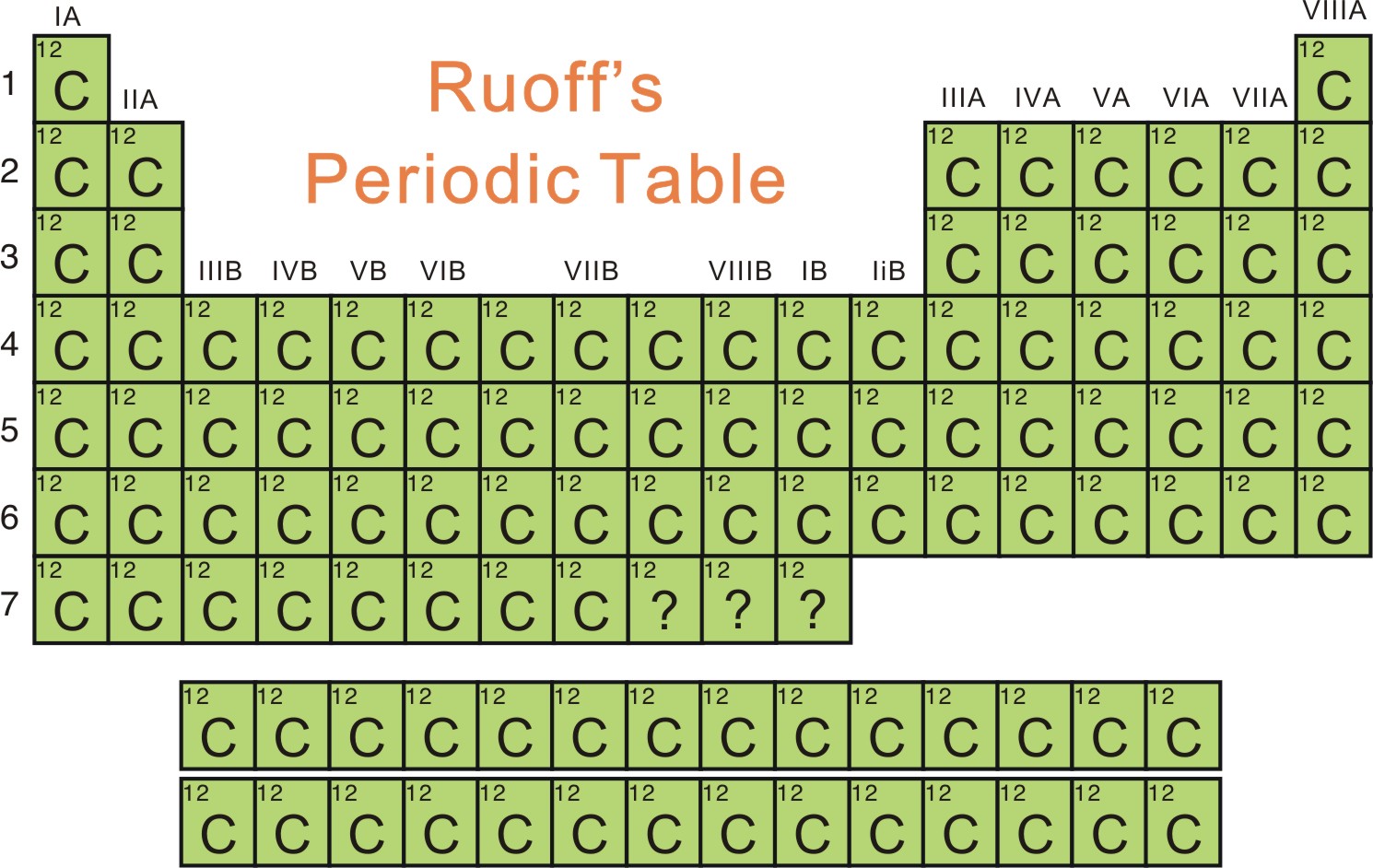
1. Graphene Growth and Thin Films
We are interested in understanding the mechanisms of growth of graphene films, and their mechanical, thermal, electrical, optical, chemical, and sensing properties, among other properties. We also study large area graphene and multilayer graphene when used as a component in a variety of novel devices. As one example, we have recently demonstrated graphene synthesis on copper foils by chemical vapor deposition using methane. This is described, briefly, here:
2. Electrical Energy Storage. Ultracapacitors
Ultracapacitors are energy storage devices typically used for
high power applications. They are classified broadly in to
electrical double layer capacitors (EDLCs) and redox reactions
based pseudocapacitors. Our group was first to report
graphene-based ultracapacitors and are studying novel
electrode materials based on reduced graphene oxide and metal
oxides that may provide
superior performance in organic electrolytes and ionic
liquids.
3. Nanocomposites with Graphene as Filler
The high aspect ratio and physical properties of graphene and variants such as reduced graphene oxide platelets suggest its use in nanocomposite materials as a filler material. The incorporation of graphene-based materials into polymers can greatly improve the mechanical, thermal, electrical and barrier properties of the polymer host. We published one of the first reports of a polystyrene nanocomposite with chemically modified graphene filler (Nature 2006), and we have since expanded our studies to include a variety of thermoplastics and elastomers.
4. Hexagonal Boron Nitride Films
h-BN is a structural analogue of graphene that, if nearly defect free, will rival graphene in several in-plane properties--namely, mechanical stiffness and strength, and thermal conductivity. However, h-BN is a wide band gap, electrically insulating and optically transparent material in bulk form, whereas graphite is a semi-metal. We intend to understand the mechanisms of growth of 2-dimensional films of h-BN, to measure the physical properties of such extremely thin films, and to explore their chemistry.
5. Mechanics of Atomically-thin Membranes
We published a paper in Science in 2000 about the mechanics of multiwalled carbon nanotubes, and in Physical Review Letters in 2000 about the mechanics of singlewalled carbon nanotube bundles. Other studies on mechanics of nanostructures included observation of radial deformation of nanotubes (Nature 1993) and of carbon nanotube ribbons (several papers). Now, we are developing new techniques for measuring the stiffness and strength, as well as toughness of atomically thin membranes such as graphene and h-BN.
6. Exploring New 2D Materials
Of these materials, transition metal oxides and sulfides have been of special interest. We are working in understanding the layer-by-layer growth of these materials using different vapor phase techniques. Our wide ranging collaborations as well as in-house techniques help us in understanding not only the growth mechanisms but also the opto-electronic properties and device behaviors of these materials.
